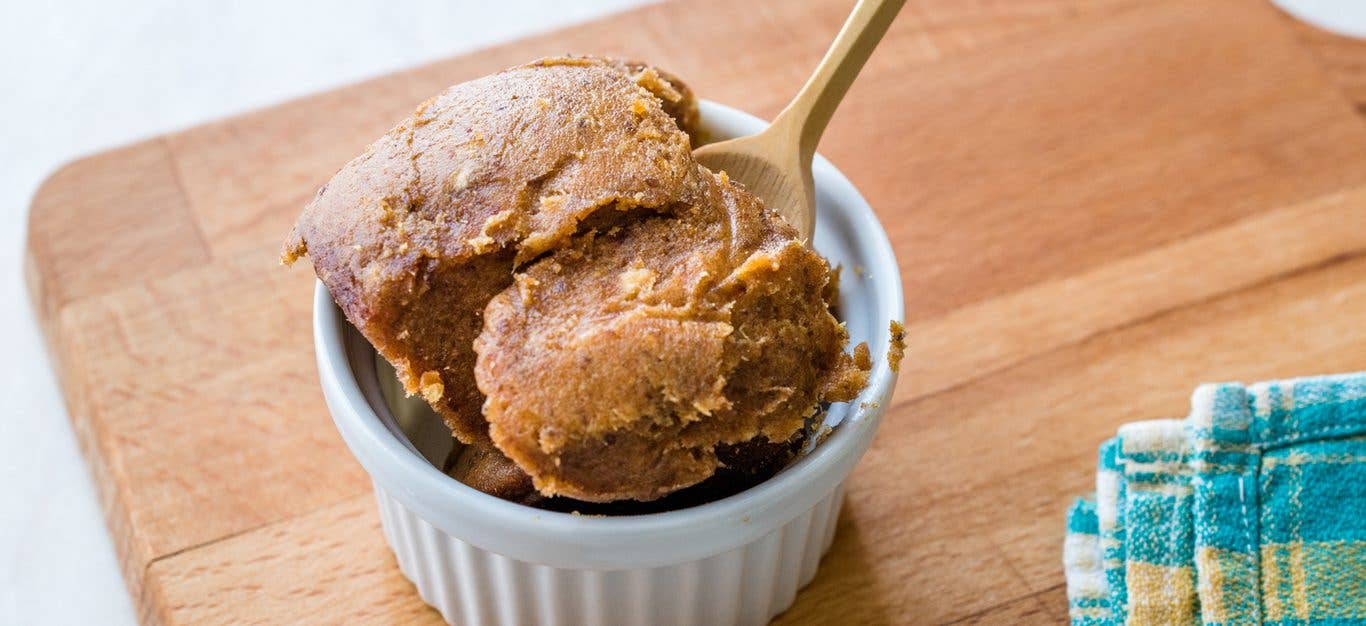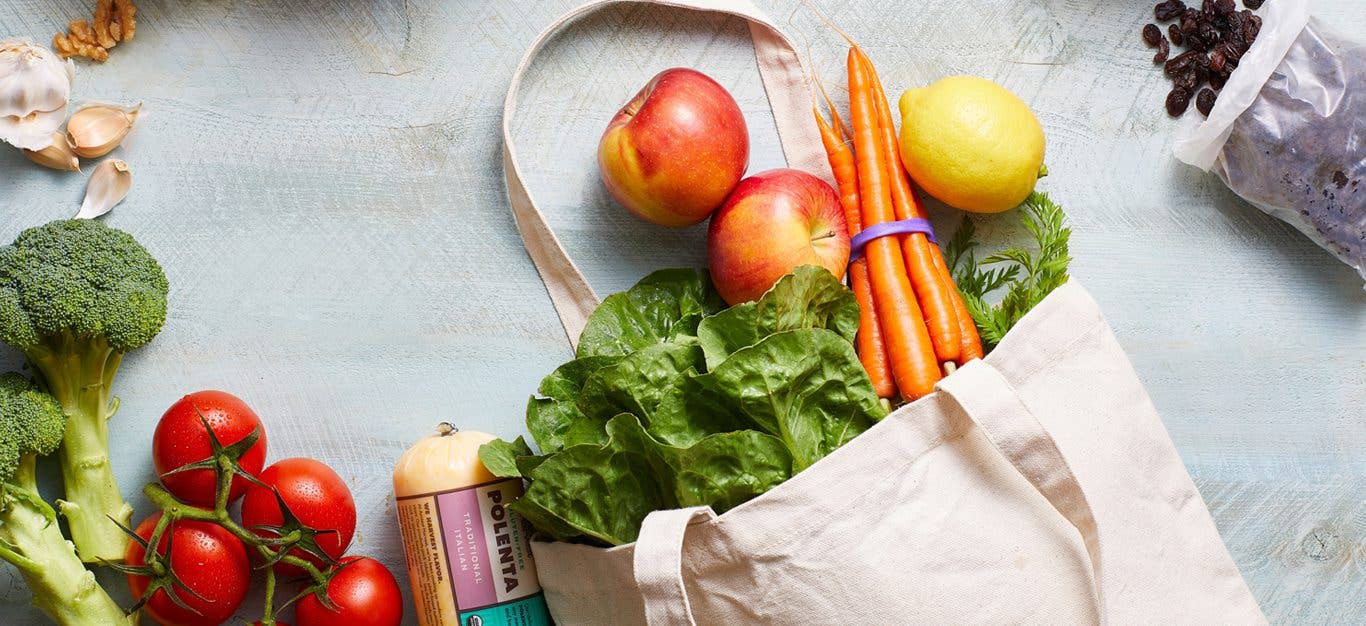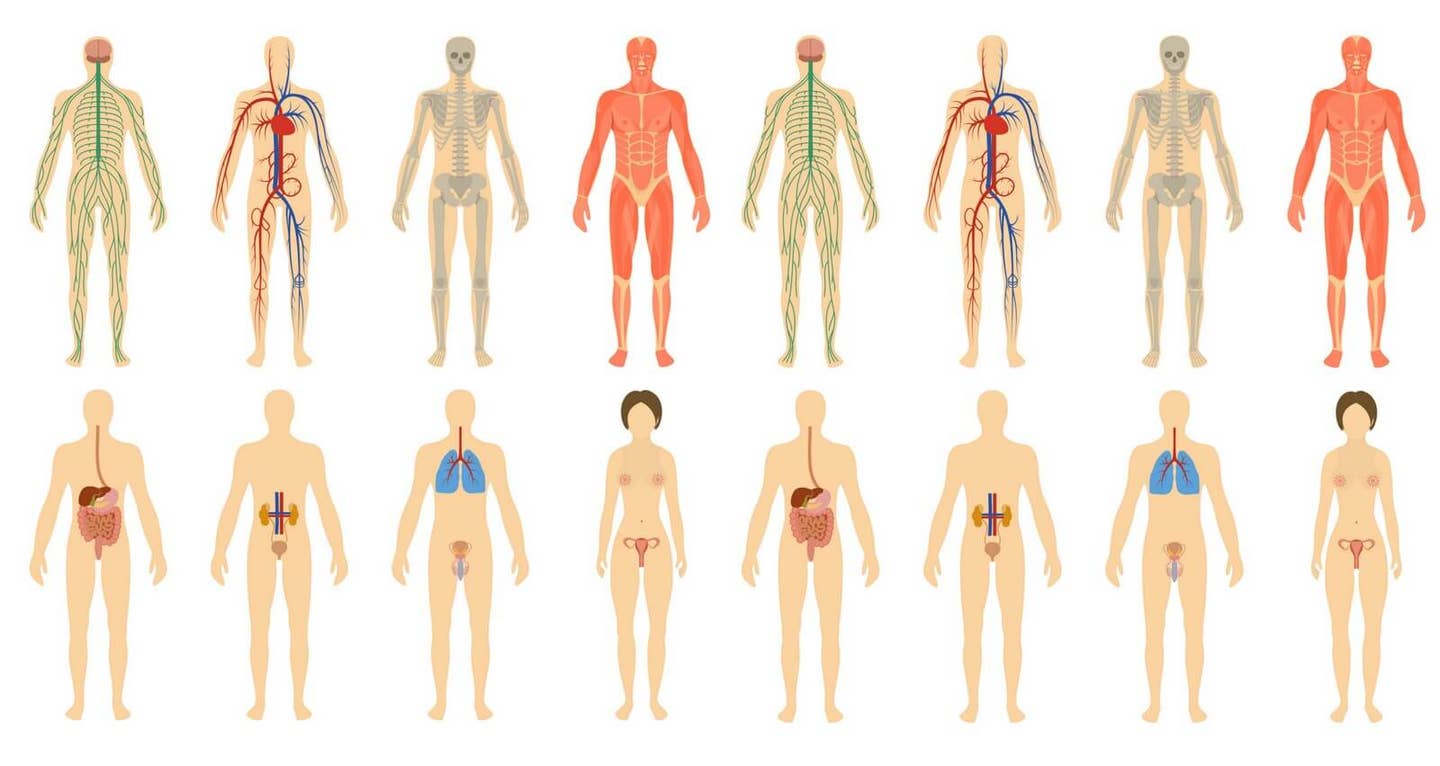By Susan Greeley, RD, Institute of Culinary Education,
Last Updated:Collard greens, or collards, are a leafy green vegetable like lettuce, Swiss chard, and spinach. Along with mustard greens, turnips, and cabbage, collards belong to the Brassica family of cruciferous vegetables, which are known for their nutritional and health-protective benefits.
How Do They Compare to Other Leafy Greens?
Collards are smooth and hearty in texture with broad, dark green leaves, and light-colored veins and stems. Taste-wise, collard greens have a flavor that can be described as a cross between kale and cabbage.
Seasonality
Collard greens are available year-round, but the peak time to buy is January through April. As a cool-season crop, they are one of the hardiest of all vegetables. They tolerate frosts and freezes better than many other plants in the leafy greens category.
Nutrition
Nutritionally speaking, collards are a powerhouse! They are rich in antioxidant vitamins A and C, as well as being high in vitamin K, calcium, iron, fiber, and phytonutrients from the carotenoid group, including lutein and zeaxanthin.
Selection
When shopping look for bunches with deep-green leaves that feel crisp but not dry, slightly moist but not wilted, with no signs of yellowing.
Storage
Put fresh collard greens in the refrigerator quickly after buying them, and do not wash them first. Store in a vegetable crisper in a clean plastic bag for up to five days. Clean the greens when ready to use.
Prepping
Even if you buy collard greens pre-washed or “ready-to-eat,” it is still recommended to wash the greens before eating. Clean and prep whole greens using the following steps.
- Discard any outer leaves that may be torn or bruised. Separate the leaves.
- Put leaves in a large bowl of cold water and stir them around. Using your hands or a slotted spoon, gently lift the greens from water. Rinse out the bowl and refill with clean water.
- Repeat Step 2 until no dirt appears in the water.
- Pat clean leaves dry using a dishcloth or paper towels, or spin them in a salad spinner. Remove as much water as possible.
- Place each leaf on a cutting board and slice along the large center rib; discard rib.
- Roughly chop leaves, or stack leaves and roll them into a cigar shape; then slice them into ribbons.
How to Cook and Use Collards
With their mild flavor and hearty texture, collard greens lend themselves to a variety of uses both cooked and raw.
Sauté: In a medium sauté pan, heat 1–2 tablespoons of vegetable broth over medium heat. Add chopped collards. Cook until they reach your preferred softness, stirring frequently.
Boil: Submerge in a large pot of boiling water for 15 minutes. Remove with a slotted spoon.
Steam: Add about an inch of water to a covered pot. Bring to boiling. Insert a steamer basket and add collard greens. Steam for about 10 minutes or until tender.
Slow-Cook: Add collards to soups, stews, and sauces and let simmer for hours in a Crockpot or other slow-cooker.
Instant Pot: Pour ½–1 cup water or vegetable broth into Instant Pot. Add chopped and washed greens. Close the lid, with the valve in sealing position. Select Manual. Pressure cook on high for 5 minutes.
Salads: You can enjoy collards raw in salads like you would other greens or lettuce. Simply add chopped collards to a large bowl; sprinkle in a variety of nuts, chopped fruits (fresh and/or dried), or beans; and toss with your favorite dressing.
Blend: Add chopped raw collard greens to smoothies.
Substitute: Collards generally make a great alternative in any recipes that call for kale or Swiss chard.
Vegan Collard Greens Recipes
Despite their affiliation with ham hocks and bacon, collards don’t need meat to be flavorful. Try one of these vegan collard green recipes from Forks Over Knives.
For more guidance in healthy cooking, check out Forks Meal Planner, FOK’s easy weekly meal-planning tool to keep you on a plant-based path. To learn more about a whole-food, plant-based diet, visit our Plant-Based Primer.
Related News
Try Our Top-RatedMeal Planner Free

Forks Meal Planner takes the hard work out of making nutritious meals the whole family will enjoy.
SAVE $200 ON OUR ULTIMATE COURSE

Join our best-selling course at a new lower price!





